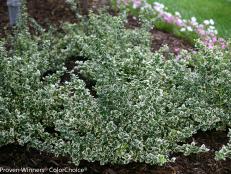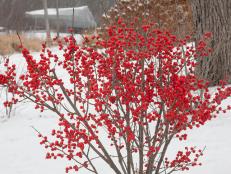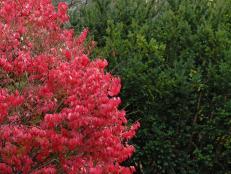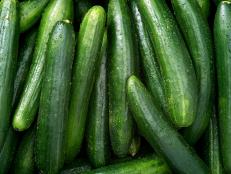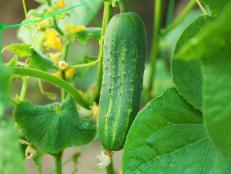Growing Roses in the Southwest
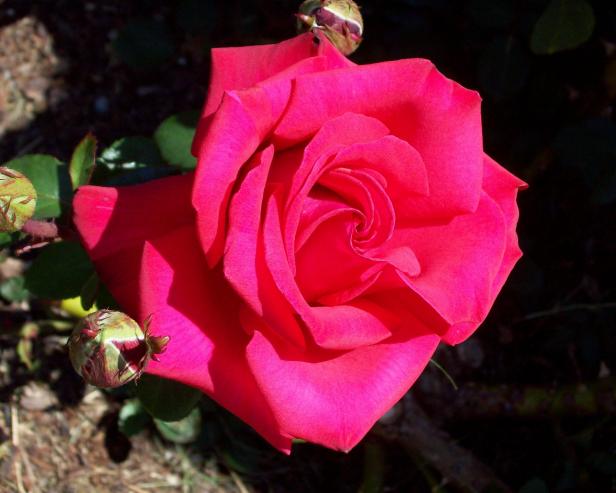
Summer in the American Southwest is brutal: months of triple-digit heat, rain that evaporates in mid-air and scorching winds. It's no wonder that most plants wither in the long slog from June to November.
But roses, which have an undeserved reputation for being delicate and demanding, are an exception. Although the flowers are fragile, the bushes are remarkably tough. With the right rose in the right location, and as little as an hour of care a year—excluding watering—roses not only survive but thrive in a desert climate. Here's what it takes:

"If there's a problem with your roses, nine times out of 10, it's related to water," says Marylou Coffman, a Gilbert, Ariz. rosarian and All-America Rose Selection Committee judge. Coffman recommends watering at least three times a week during the hottest months, using a minimum of three to four gallons per plant each time. Potted roses need water every day when the temperature soars. "It's almost impossible to overwater in summer," she says.
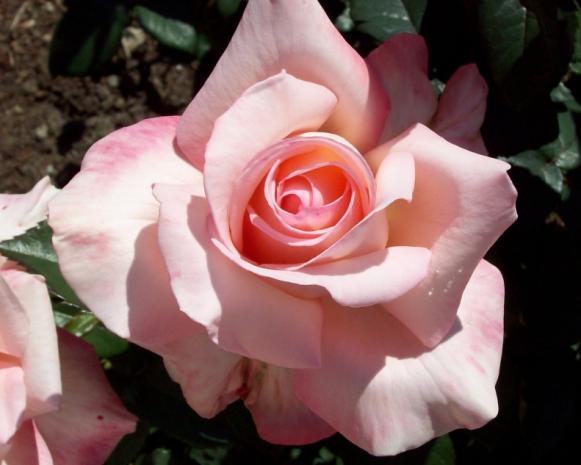
Another option is a standard rose food. Apply it every four weeks through May. Then cut back to half strength, or stop fertilizing entirely until September to give plants a rest in the hottest months.
If, like many gardeners, you want to avoid synthetic fertilizers, try this all-natural blend, courtesy of Steve Schneider, an ARS consulting rosarian in Las Vegas: 1 cup bone meal, 1 cup cottonseed meal, 1/2 cup blood meal, 1/2 cup fish meal and 1/2 cup Epsom salts per plant. Scratch the mixture lightly into the soil around your roses, and, as with all dry fertilizers, water thoroughly before and after you apply it. Use it about twice a year—after winter pruning and before the fall bloom.
The Top 10. Many of the roses that flourish in temperate climates do well in the desert, too. But for beauty, ease-of-care and a proven track record in the Southwest, experts especially like these cultivars:
—Linda Rath is a freelance writer who lives and tries to garden in suburban Phoenix.








